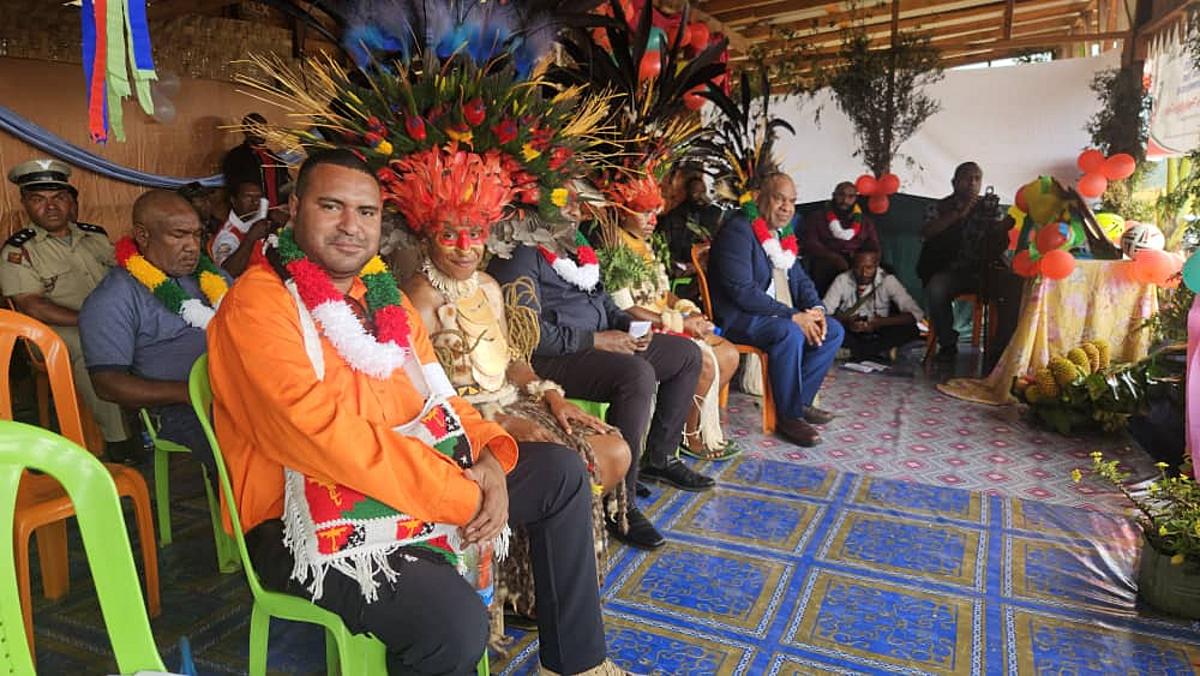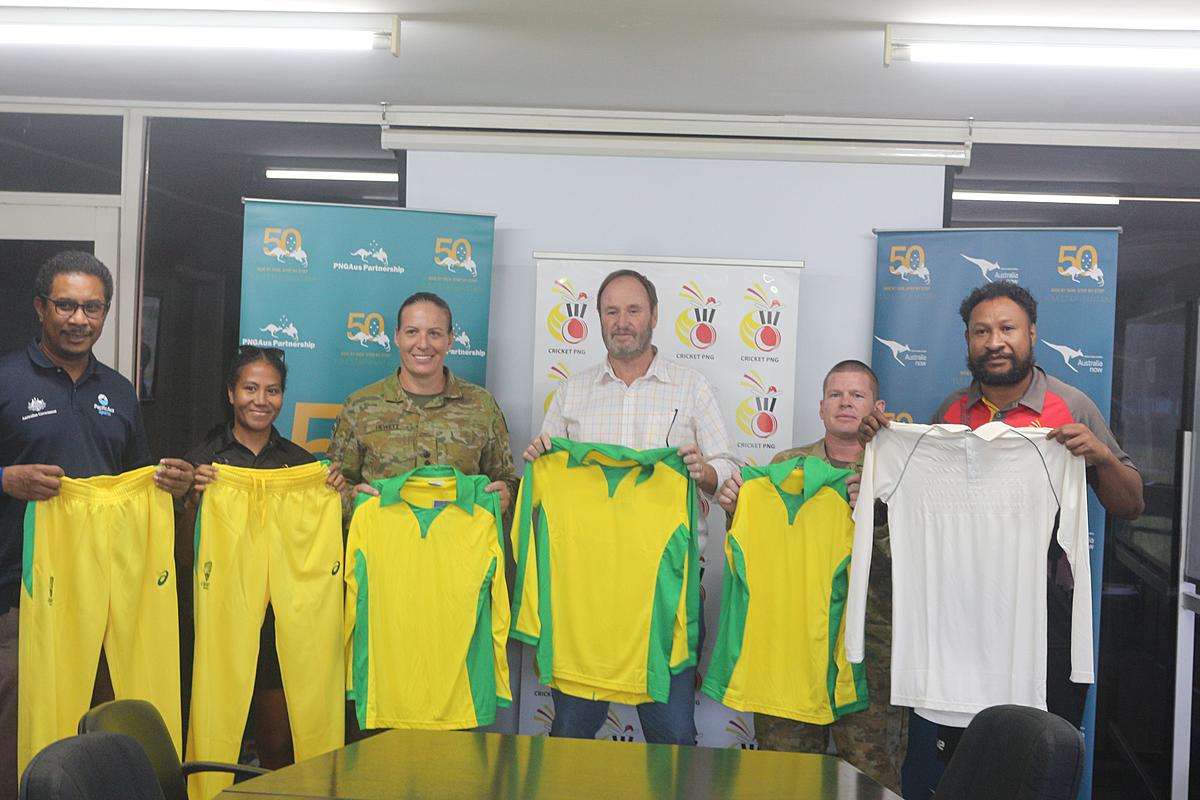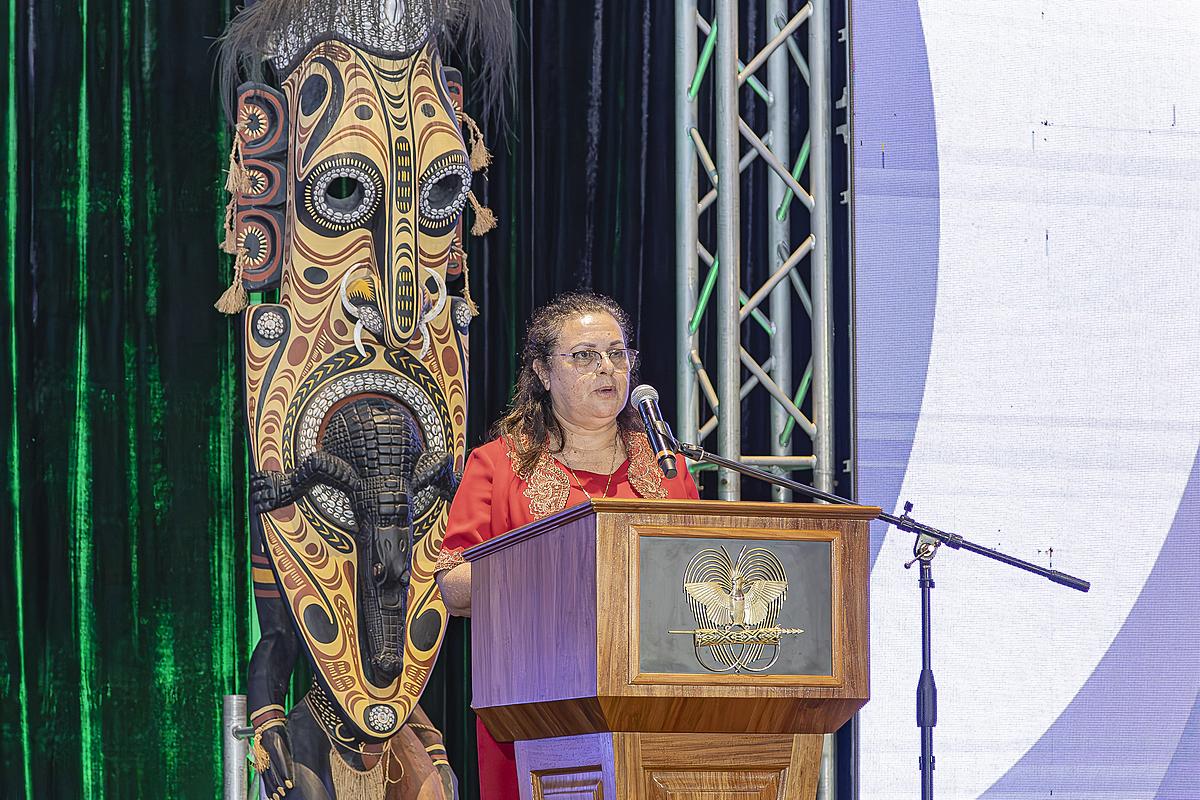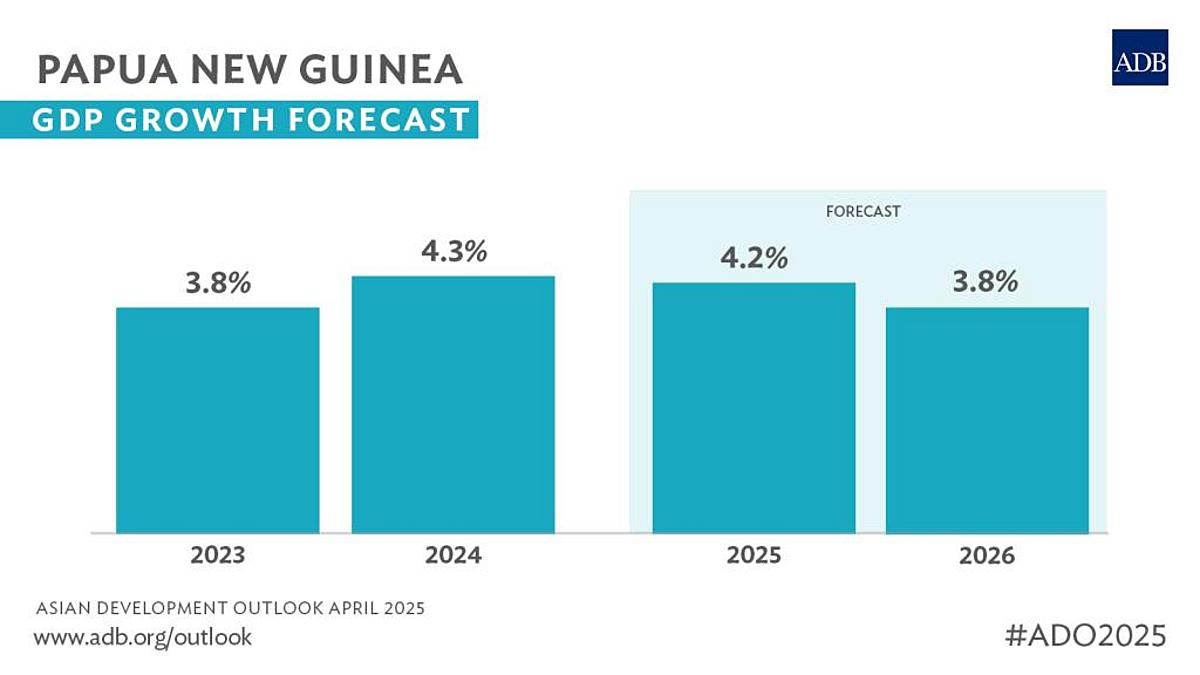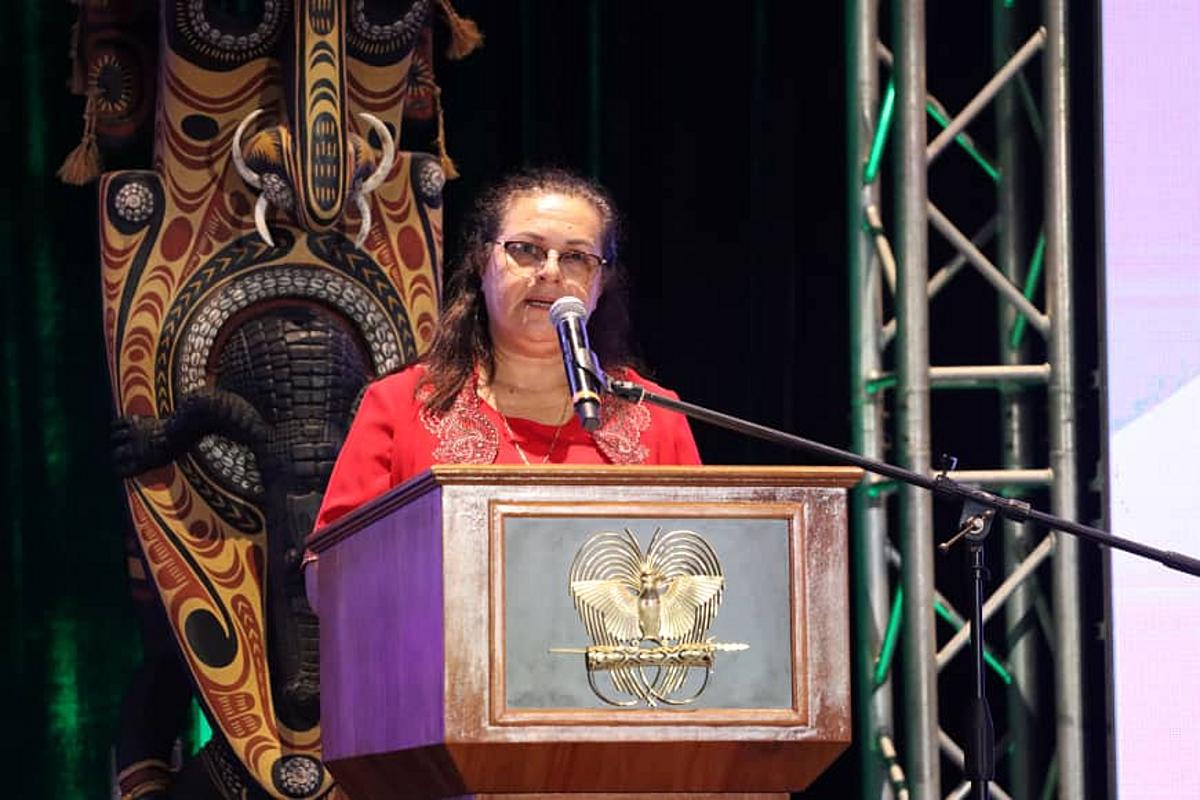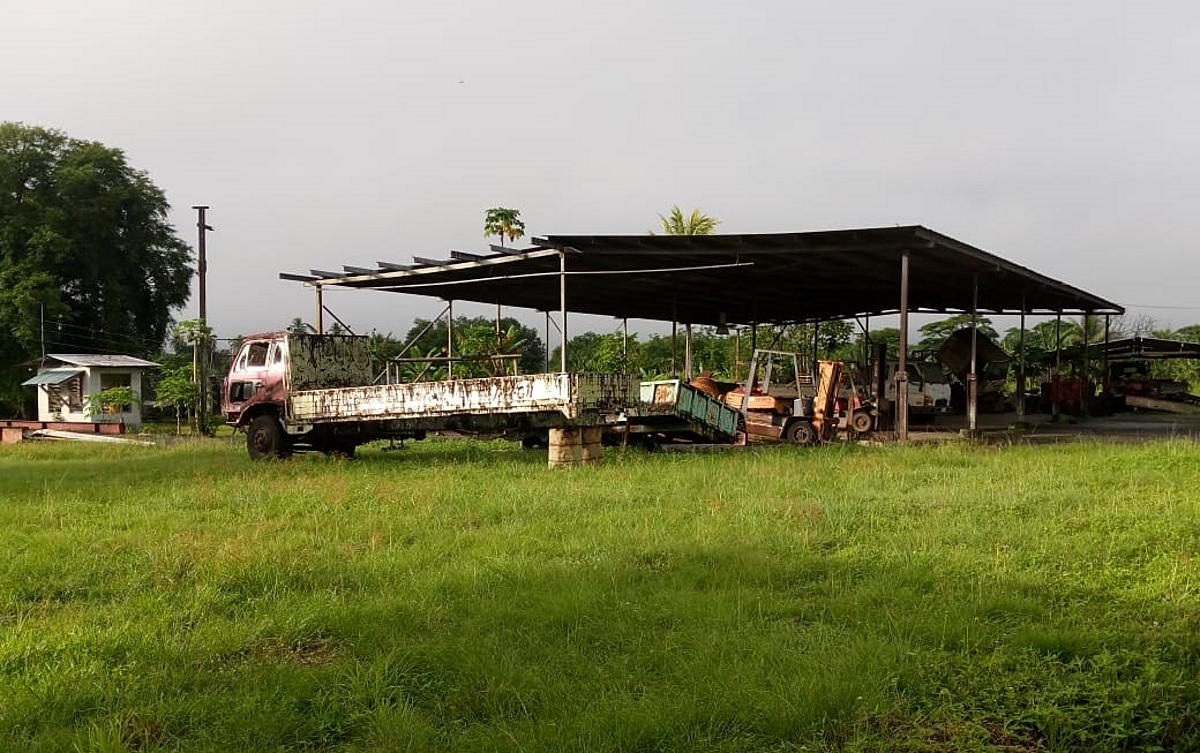Photo: Hon Isi Henry Leonard
Minister for Tourism arts and Culture, Hon Isi Henry Leonard said the culture and creative industry in Papua New Guinea is an untapped industry and a sleeping giant. The Minister made a bold statement pointing out that the industry can also contribute immensely to the country’s economic growth.
“Besides, we have so much to offer especially in tourism in terms of creativity from our diverse culture. We have traditional items and artefacts, tattoos, traditional wood carvings, sculptures and many more. Many of these activities were part of our ancestral culture and have been passed down from many generations”, Minister Leonard said.
The creative arts industry in the country is still struggling to get to its prominence in many of its respective areas. This industry plays a significant role in connecting and uniting Papua New Guineans through their creative arts establishments. The industry has had less recognition by authorities for a long time and has desperately struggled to sustain itself.
Creative arts and culture involve sub sectors of economical value such as modern day contemporary music, traditional sculptures and carvings, dances, paintings and crafts, films, drama etc.
Last year, during the opening of the National contemporary arts exhibition in Port Moresby, Minister Leonard stated that the Culture and creative arts industry if given proper recognition will contribute to the National purse and will assist and support in building the economy.
Upholding of cultural arts heritage has been part of our society’s foundation such as the cultural significance and importance of the Haus Tambaran in which PNG’s House of parliament resembles.
However, something must be done to push this industry forward to be in line with global standard especially in the aspects of modern music and film making which other countries benefit from economically. Although we are new in the other areas of advance modern arts, dance drama and music, the school of creative arts in PNG has produced several qualified people in various aspects and fields of the strand since the school’s inception.
This industry needs immediate help to create development programs and policy interventions that can be harnessed into economic value and sustainability. There is likely potential in this industry but lack of understanding and supporting mechanisms have deprived its growth.
The industry presents an opening to build economic opportunities through the unique capabilities of artists, musicians, designers, and performers to showcase their talents and what they can offer. It is a massive part of Papua New Guineas diverse culture that needs to be developed, utilised, and supported regularly.


